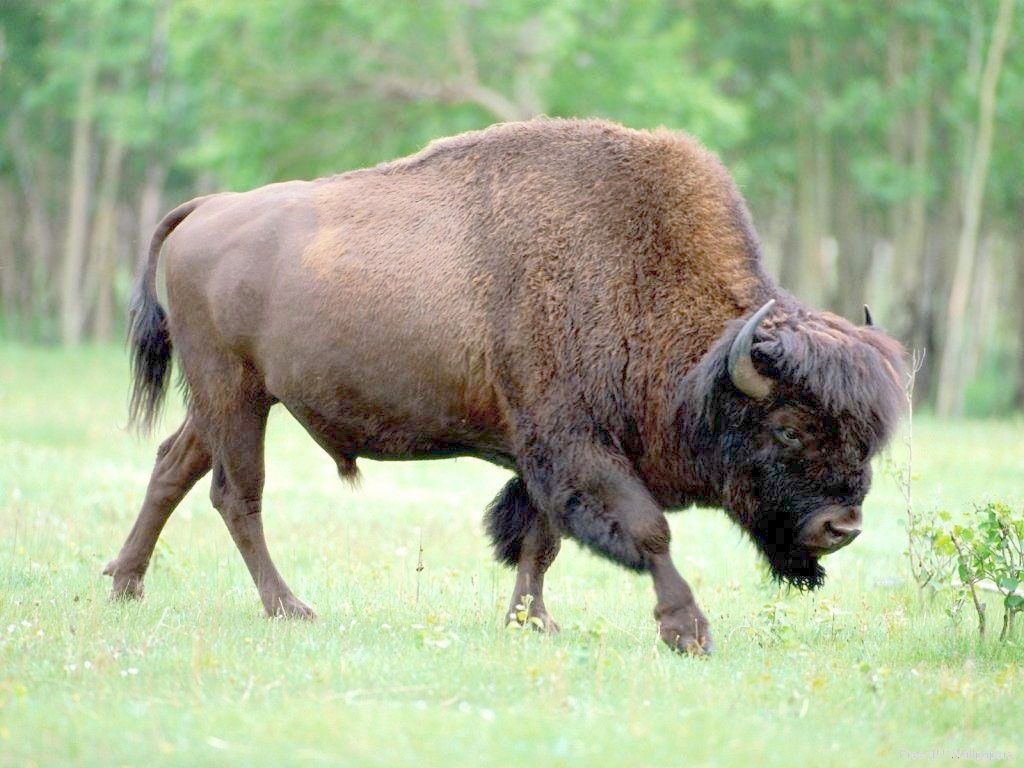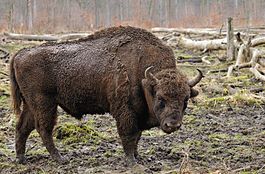Why did the dinosaurs disappear?
Now our Earth is a planet of people. Hundreds of thousands of other species of living beings live next to us. It is difficult to imagine that once on our planet there was not a single one of the animals familiar to us, and it is even more difficult to come to terms with the fact that there were no humans on Earth. 200 million years ago, its absolute masters were reptiles - dinosaurs that inhabited the Earth in the Mesozoic era (Triassic, Jurassic and Cretaceous periods).
In our modern 21st century, it seems that there is not a single branch of science left that man has not thoroughly studied. However, the science of paleontology, which, like history, studies the past, still cannot give an unambiguous answer to some interesting questions.
Palaeontology studies distant and unknown eras, plants, animals, bacteria and microbes that once existed on our planet. A number of studies by paleontologists are devoted to animals of amazing beauty and grandeur, which, unfortunately, did not survive to this day - dinosaurs.
Scientists who are closely studying the causes of the emergence, flourishing and extinction of dinosaurs still cannot give a definite answer to some questions about these giant animals. And everything unknown attracts even more attention to the mysteries. This was the reason for my work. Maybe it is not so much of a research nature as an abstract one, but like a real researcher, I am interested in everything that has to do with dinosaurs, and I want to share some thoughts in my work.
The term “dinosaur” was coined by the Englishman R. Owen, and means “terrible lizard” when translated from Greek. Dinosaur bones were first discovered hundreds of years ago. Since then, scientists have done a lot of painstaking work, thanks to which we can get at least a little closer to the mysterious inhabitants of our planet, who disappeared approximately 65 million years ago.
It is believed that the first dinosaurs appeared on Earth in the Triassic period (225 million years ago) and were small predators 1.2 - 2 m tall, armed with claws and terrible teeth. During the Jurassic period, when vegetation was rampant on our planet, giant long-necked herbivorous dinosaurs appeared. But tyrannosaurs, predators, appeared much later than other dinosaurs, only in the Cretaceous period.
In general, these reptiles lived on Earth for approximately 160 million years. This is 50 times more than the time that humans have existed on the planet.
We are used to imagining dinosaurs as huge lizards that inhabited land. But there were also those whose habitat was the ancient seas and skies. For example, the first pterosaurs arose about 230 million years ago, during the Triassic period, long before the first birds appeared, and although they were very different from dinosaurs, some scientists believe that they may have descended from the same animals that lived on Earth in earlier eras. Other inhabitants of the planet - sea lizards - spent their entire lives in warm water. They were about the length of a car, and their weight was 14 times the weight of a modern person.
It should be noted that dinosaurs were diverse. Some of them were huge and clumsy, others were no larger than a turkey, and others could reach tremendous speed. But we can also identify common features of lizards.
Scientists believe that:
Dinosaurs had good eyesight and hearing;
The sense of touch was rather poor due to the rough and thick skin;
The sense of smell was most likely excellent, especially in predators;
The teeth were not only self-sharpening, but could also grow back. Some dinosaurs could change 10,000 teeth in their lifetime.
All dinosaurs were not viviparous. They laid eggs, from which the young hatched.
Some of the mysteries of the lizards have not yet been solved. For example, were they warm-blooded or cold-blooded? It is also not known for certain what color the skin of dinosaurs was. Scientists believe that the color of their skin depended on their habitat and could be either “camouflage” or bright. After studying the brain bones of dinosaurs, scientists concluded that great height does not mean great intelligence. The largest areas of the brain were those that control feelings, but the area of the brain responsible for intelligence was negligible.
The most “smart” dinosaur can be considered the Troodon, a small, nimble predator. But the huge herbivorous stegosaurus, weighing 6-8 tons and 9 m long, had a brain the size of a walnut.
The lifespan of dinosaurs was at least 80 years. It would be correct to assume that the peaceful herbivorous dinosaurs had the largest number of enemies. It’s not for nothing that nature provided them with various devices for self-defense: from bone spikes at the end of the tail to solid shells, like armor that protected the body of the ankylosaur. But the bizarre growths on the bodies of dinosaurs did not always serve as defense against enemies. They were great for fighting with relatives, resolving disputes over territory or females.
Where did dinosaurs live? Sometimes scientists discover fossils of the same dinosaur species on different continents and even in Antarctica. The fact is that 230 million years ago, when dinosaurs first appeared on the planet, the world looked different than it does today. There was only one huge continent on the planet, called “Pangaea” (i.e. the whole Earth), washed on all sides by the ocean. Continents began to drift apart from each other only in the Late Cretaceous period, so dinosaurs could migrate over large areas. Dinosaurs that lived in the late period are found only in certain parts of the world, because... could not move from one continent to another, separated by water.
Consider groups of dinosaurs that have the same distinctive features. Just like modern animals, dinosaurs are divided by scientists into groups, or families. This division is called classification. In addition to the fact that all dinosaurs can be divided into predators and herbivores, there are two main groups, or orders, of dinosaurs - lizard-hipped and ornithischian.
Lizard-hipped dinosaurs include sauropods (which were gigantic in size and were herbivores) and, completely different from them, theropods (bipedal predators). It is curious that the ancestors of modern birds are classified as saurischians, not ornithischians.
All ornithischian dinosaurs were herbivores. They can be divided into three main groups: ornithopods, horned dinosaurs and armored dinosaurs.



No comments here yet.